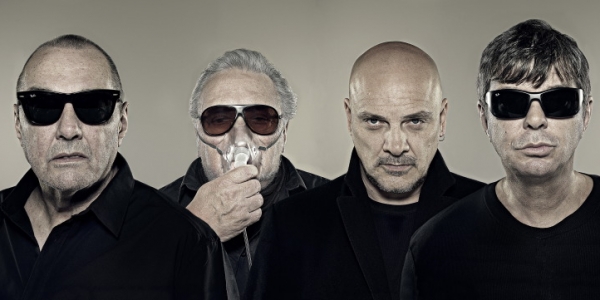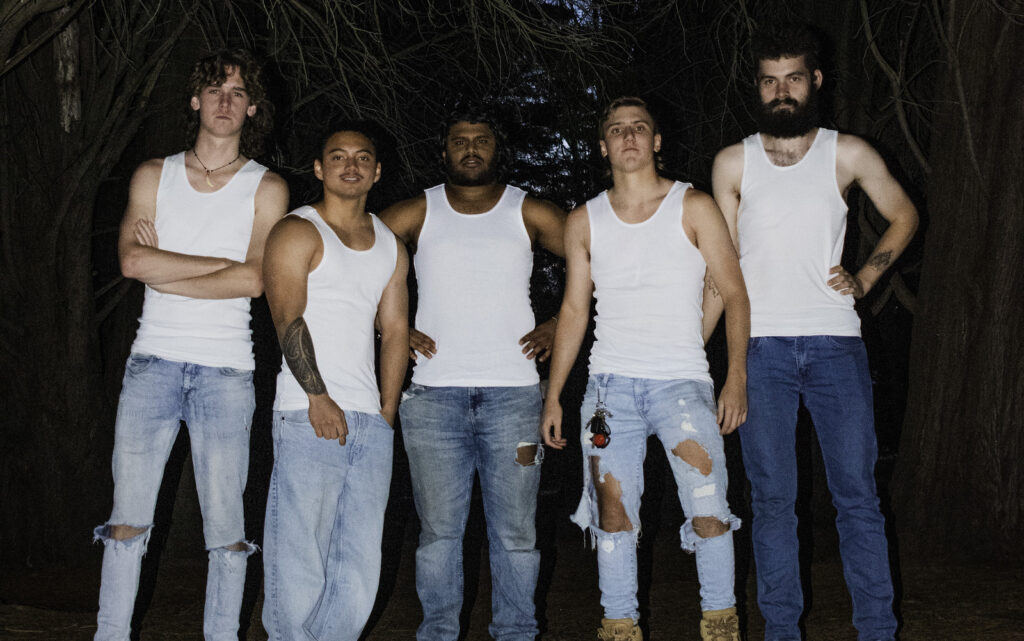In the ‘50s, Taylor was at Dartford Grammar School with Mick Jagger, sharing Jagger’s interest in the early rock’n’roll sounds of Chuck Berry and Bo Diddley. Later on, Taylor enrolled in Sidcup Art School, where he met Jagger’s primary school friend Keith Richards. By the early ‘60s, Taylor, Jagger and Richards had joined Brian Jones’ fledgling Rolling Stones outfit.
In 1963 Taylor left the Stones (to be replaced by Bill Wyman), and formed The Pretty Things. Taking its name from Bo Diddley’s Pretty Thing, The Pretty Things became one of London’s most colourful and entertaining R&B outfits. Fronted by Phil May, and featuring the manic Viv Prince on drums, The Pretty Things released a slew of now-classic R&B tracks, including Midnight to Six, Rosalyn and LSD. Unlike many of its contemporaries, The Pretty Things chose not to tour America and take advantage of the commercial and popular buzz of the British Invasion.
Former member Viv Prince left the band around the time of their New Zealand tour (according to recent reports, Prince is living in Oregon, and has tempered the excesses of his rock’n’roll lifestyle), and The Pretty Things began the next phase of its musical career.
Like Pete Townshend and Ray Davies, Phil May began exploring more complex lyrical themes. Despite confusing staff at EMI with the mini-opera of Defecting Grey (“it was five songs in one about a guy sitting on a bench,” Taylor says), The Pretty Things embarked on the songwriting project that would culminate with SF Sorrow. Centred on the life of a character by the name of SF Sorrow, the album is said to have shaded The Who’s Tommy as the first rock opera.
Taylor decided to leave The Pretty Things after the release of SF Sorrow, and threw himself into different activities, including producing Hawkwind’s eponymous debut album. “I hadn’t done anything else after art school, and I just wanted to see whatever else was out there,” Taylor says. “So I went off and recorded Hawkwind. There was nothing sinister at all in my decision to leave.”
The Pretty Things continued on through the ‘70s under May’s leadership, at one stage having Led Zeppelin’s notorious manager, Peter Grant, looking after the band. In the ‘90s, Taylor reunited with May and the members of the SF Sorrow lineup of the band. “It happened almost by default,” Taylor says. “I’d started playing again, and someone rang up from Holland asking if we’d be interested in doing a reunion thing. So Phil got in touch with the other members, and we decided to start up again.”
Since its resuscitation, The Pretty Things have throw caution to the wind by releasing two new albums (as well as re-releasing the album the band made with French artist Philippe DeBarge in 1969). While a new album is currently being written, Taylor says the band’s first tour of Australia will have a mix of Pretty Things material. “When you play can’t really get away from your past – you can’t get on stage and only do new material,” Taylor says. And Taylor says it’s entirely possible that the Pretty Things’ original bassist, John Stax will make a guest appearance. “We have every intention of him getting up and doing a couple of numbers,” Taylor says. “He’s definitely the baldest member of the band!”
BY PATRICK EMERY







